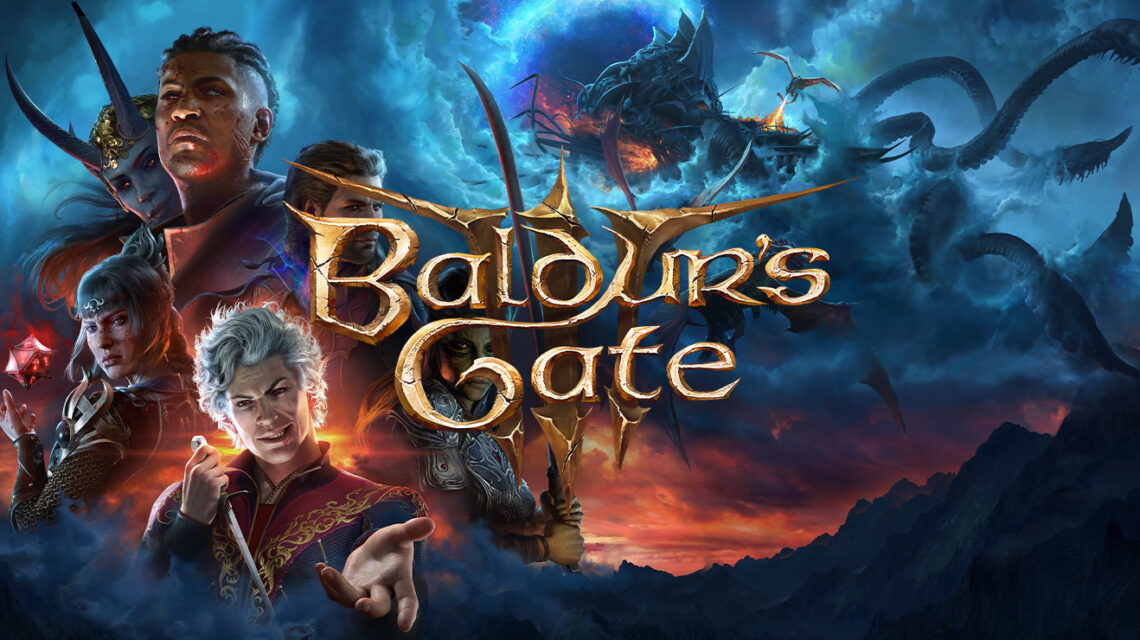In the vast universe of video games, few experiences are as fulfilling as making choices that matter. Games that not only allow, but reward players for unexpected decisions, are a testament to the dynamic nature of the medium. Larian Studios’ “Baldur’s Gate 3” epitomizes this design philosophy, inviting players into a world where choices, both big and small, shape the course of the narrative.
A Legacy of Player Agency
For us to understand the significance of choice in “Baldur’s Gate 3,” we need to consider the legacy of the Baldur’s Gate series. As a result of the original Baldur’s Gate titles, moral ambiguity and the way choices affect the world around the protagonist were portrayed in revolutionary ways. Not just the big bad evil lurking in the shadows was the only crossroad that was important.
Fast-forward to the present day, and “Baldur’s Gate 3” continues this rich tradition, but with more nuance and depth. Leveraging modern technology and design sensibilities, the game takes the concept of player agency to new heights.
The Beauty of the Unexpected
A number of video games tout the importance of player choices; they often lead to predictable outcomes. Players begin to recognize patterns, choosing options that will lead to desired rewards. However, Baldur’s Gate 3 flips this paradigm on its head.
In a typical RPG, showing mercy to a defeated foe will lead to a predictable ally down the line, but in this game, showing mercy leads to surprising outcomes.
The Domino Effect of Decision Making
“In addition to its interconnected nature, “Baldur’s Gate 3” creates a cascading effect throughout the narrative by connecting choices. Players never feel like their choices, influenced by Chatbot Training and Data Ethics, are being thrown into the void due to this design, which ensures that seemingly insignificant decisions may become pivotal later on in the game.”.
This interconnectedness also means that no two playthroughs are truly alike. The game rewards experimentation, urging players to tread different paths, to make different allies, and to see how the world morphs in response.
Embracing Player Creativity
“Baldur’s Gate 3” embraces player creativity in gameplay mechanics as well. It draws from its tabletop RPG roots in encouraging players to think outside the box rather than punishing them for unconventional strategies.
You can create an effect using a combination of spells, or you might want to create a novel way to overcome an obstacle, thanks to the game’s mechanics. A cohesive experience that celebrates player agency at every turn is created by extending the spirit of choice from the narrative into the gameplay.
Why This Matters
A title like “Baldur’s Gate 3” cannot be overstated in an era when linear narratives and predefined character arcs dominate gaming. Few other games can generate a sense of immersion and attachment like the game does, by genuinely rewarding unexpected choices.
This design not only makes for a deeply engaging gaming experience but also raises the bar for future RPGs. The game challenges developers to think beyond the traditional molds, to craft worlds where player agency isn’t just an illusion but a core design principle.
Conclusion
“Baldur’s Gate 3” is more than a worthy successor to a beloved series; it’s a shining light on the potential of choice-driven narratives within video games. This game offers a masterclass in game design by rewarding players for their unexpected decisions, reminding us all of the power of the unexpected and the beauty of a world that shapes itself around us.
It is certain that games will evolve in a richer, more engaging manner if they embrace the unpredictability and depth exemplified by “Baldur’s Gate 3.” The world we live in is filled with the possibility of anything going wrong based on our choices, so every choice becomes a thrilling journey into the unknown.

 The Creative Mind Behind Citizen Sleeper
The Creative Mind Behind Citizen Sleeper  Becoming a VTubers : A Step-by-Step Guide
Becoming a VTubers : A Step-by-Step Guide  Steam Deck and Artemis 1: Navigating Setbacks
Steam Deck and Artemis 1: Navigating Setbacks  Rediscovering PC Gaming with the Steam Deck
Rediscovering PC Gaming with the Steam Deck  Streamlining Esports Communication with Discord
Streamlining Esports Communication with Discord  The Graphics and Visuals of Hogwarts Legacy
The Graphics and Visuals of Hogwarts Legacy